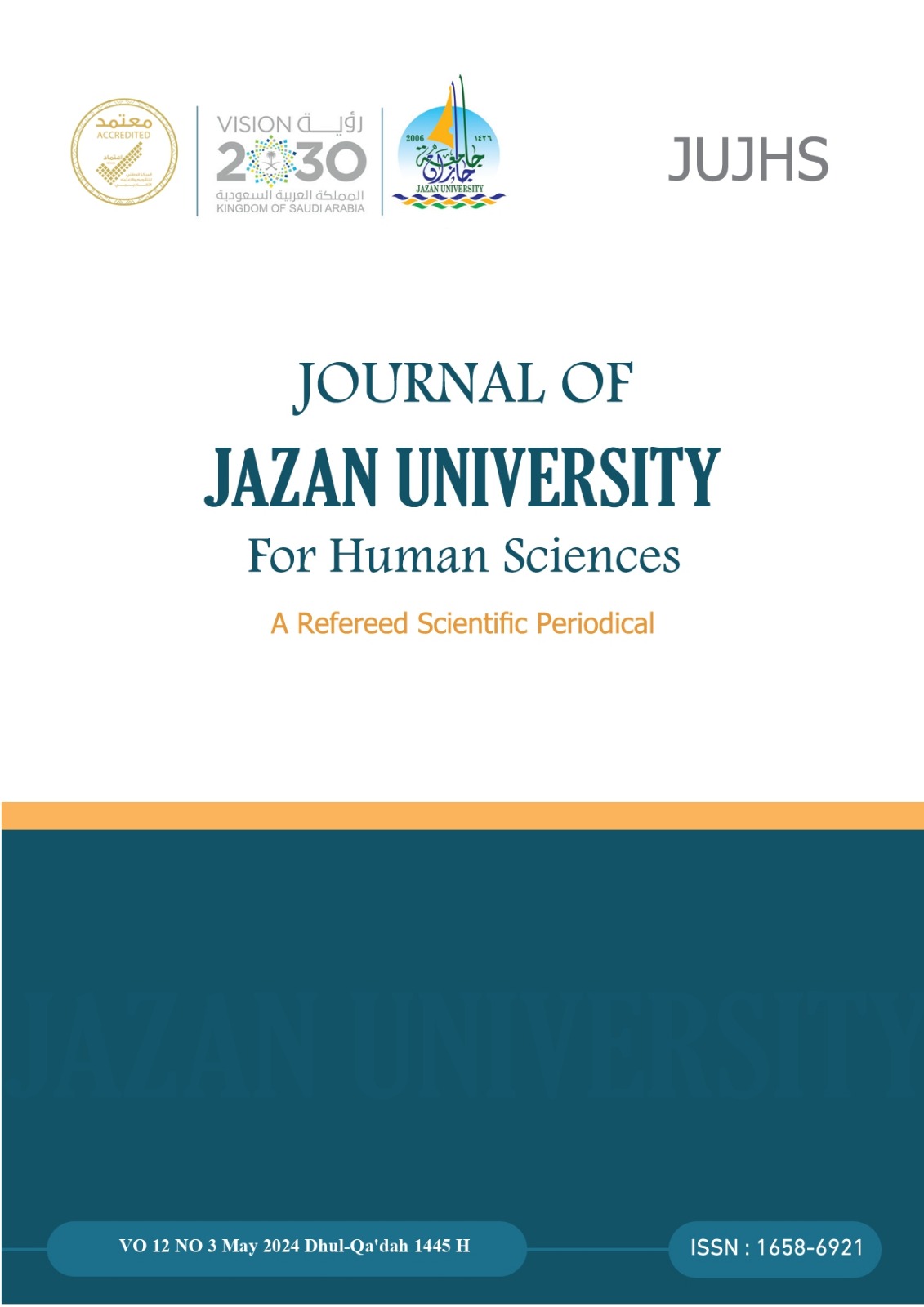Polyphony in Mahmoud Taymour’s “On the Train”
Keywords:
Polyphony, Dialogism, Mohamed Taymour, On the Train, Story, BakhtinAbstract
Embarking on a nostalgic journey, this research delves into the repercussions of “On the Train,” a short story crafted by the trailblazing Egyptian storyteller Mahmoud Taymour. Departing from conventional approaches, the study seeks to unveil a novel facet of artistic refinement within the tale—polyphony. It aims to assess the presence of polyphony conditions and the aesthetics achieved by employing it in the story.
It begins with a preamble that unfurls a rich tapestry of contextual threads, weaving together the essence of the story and the tapestry of Taymour’s literary prowess. The research is divided into two main sections—the first delves into the concept of polyphony and its conditions in the context of polyphonic narratives while the second focuses on identifying the manifestations of polyphony in the selected story and its aesthetics. Hence, the research analyzes the polyphonic container of the story, represented in Taymour’s engagement with the concerns of the other social strata and employment of the reading act as a consciousness-indicative action. Then, the characters and the multitude of ideologies are tackled through the characters’ diverse social backgrounds and their adoption of varied perspectives regarding education universalization. Additionally, the research investigates dialogism and language levels, including lexical choices pregnant with sociological connotations, Qura’anic verses, sayings, and dialects as genres penetrating the story.
The research concludes that “On the Train” meets the conditions of polyphony and that dialogism unveils the divergence of voices. Despite contradictions, it suggests the possibility of coexistence, indicating that Taymour successfully instilled distinct awareness by granting each character the freedom to express their viewpoints
Downloads
Downloads
-
PDF (Arabic)
115
33
Published
Issue
Section
License
Copyright (c) 2024 CC Attribution 4.0

This work is licensed under a Creative Commons Attribution 4.0 International License.





